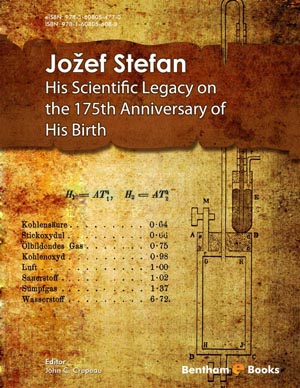Abstract
The new urban life requirements brought by the modern world system and
the spatial experiences formed within this order are also reflected in the field of
literature and art, and many literary and artistic works have been produced about these
experiences. Concrete Island, one of these literary works, is a manuscript written by J.
G. Ballard in 1974, which has a worldwide impact with its spatial, social, and
psychological analyzes and is still the subject of investigations from different aspects
today. In the novel about the experiences of architect Robert Maitland, who was
trapped on a piece of land between highways in London due to a traffic accident,
Ballard gives the reader a kind of “urban desert island” experience.It is called Concrete
Island, but covered with green grass; this “lost place” is an area between the highways
that divide cities and their lives. Trying to cope with the feelings of isolation and
helplessness emotionally, as well as his physical injuries, Maitland falters with the
conflict between the feeling of escaping from the island and the feeling of dominating
the island. This search for domination takes on a different dimension after he realizes
that he is not alone and that two outlaws, Jane and Proctor, live on the island with him.
In the text, it is emphasized that the idea of returning to his previous life has become
unbearable for Maitland, who has become increasingly dependent on the island, and on
the other hand, the pleasure and curiosity of making new escape plans are at the
forefront.
In this study, which aims to examine the spaces and events fictionalized in the novel in
line with architectural and interior analyses, the events experienced in an urban area,
which can also be called a lost space in the modern urban order, are discussed in the
context of the concepts of privation and domination.








